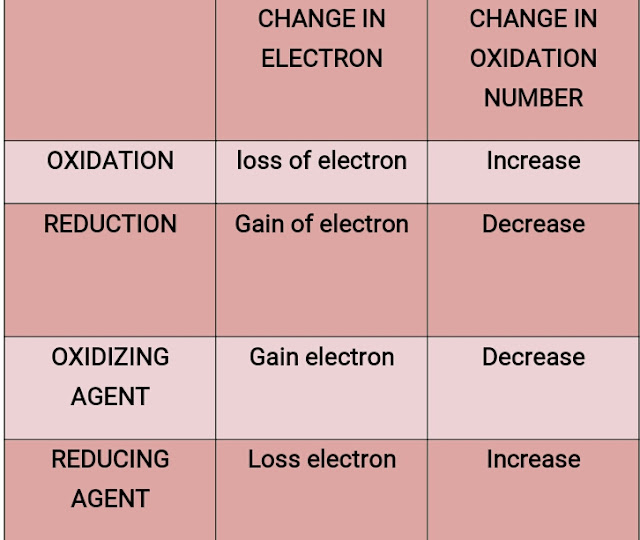Mole | Definition, Unit, Symbol and Examples|

Mole is one of the seven basic physical quantities. It is used to measure quantity of a chemical substance in term of numbers of elementary particles - elementary particles of a chemical substance can be atoms , molecules, ions, formula units etc - just like one dozen of any thing has 12 items of that thing. 1 mole of any substance= 6.022x10^23 elementary particles/mol. Like 1 dozen of any thing= 12 items/dozen. DEFINITION A mole of any substance has exactly 6.022140766x10^23 elementary particles of given substance.This number is usually written in round off as 6.022x10^23.This number is known as Avogadro's number. Symbol used for Avogadro's number is NA . SYMBOL & UNIT Symbol designated for mole is "n" and its unit is "mol". EXAMPLES 1 mole of sodium(Na) = 6.022x 10^23 atoms/mol. 1 mole of water(H2O) = 6.022x 10^23 molecules/mol. 1 mole of sodium ions(Na+) = 6.022x10^23 ions/mol. 1 mole of sodium chloride(NaCl) = 6.022x1...


